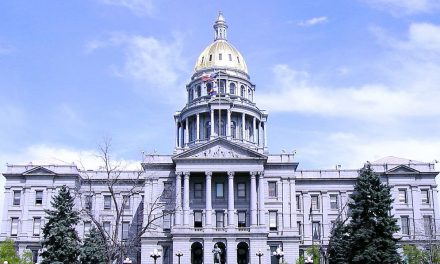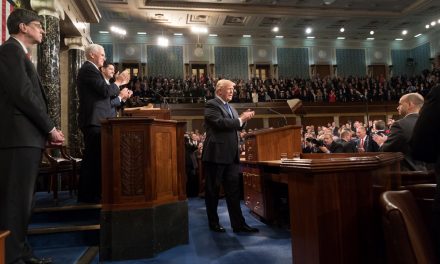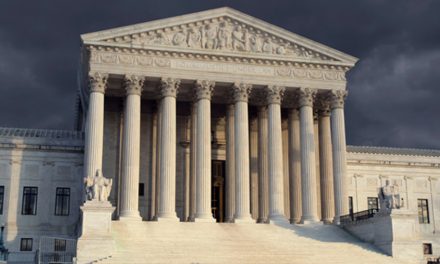The Supreme Court has announced it will hear an appeal involving a Louisiana statute that requires abortionists to have admitting privileges at a nearby hospital. The law is designed to protect women’s health by ensuring a continuity of care should complications arise during or after the abortion procedure that require hospitalization.
The law’s challengers rely on the 2016 Supreme Court decision in Whole Woman’s Health v. Hellerstedt, which, in a 5-3 decision, struck down a similar law in Texas. In fact, the entire argument from the Louisiana abortionists in their petition to the Supreme Court can be summarized as: the Louisiana law is the same as Texas’ and therefore must be struck down; see Hellerstedt.
The history of this case in the lower courts, however, illustrates the complexity of the issues as well as a diversity of judicial opinion concerning how to resolve it. It’s not as simple as “see Hellerstedt.”
The Louisiana case was filed in 2014. Following six days of testimony in 2016, a federal district court issued an injunction blocking the Louisiana law from taking effect. Then the 5th U.S. Circuit Court of Appeals in New Orleans temporarily overturned the injunction in February 2016 pending its review of the appeal, an action which allowed the law to take effect. The abortionists quickly asked the Supreme Court to intervene, which nine days later did in fact issue a “stay” blocking the law from taking effect until the judicial process and appeals were complete.
After the procedural fight over the “stay” was over, the Supreme Court issued its decision in the Hellerstedt case in June, 2016. Because of that decision, the 5th Circuit remanded (i.e., sent back) the Louisiana case to the district court from where it originated, requesting further fact-finding in light of Hellerstedt that could aid the 5th Circuit in deciding the Louisiana case. The district court did so, and in the process ruled the Louisiana law unconstitutional.
Back to the 5th Circuit. In September 2018 a three-judge panel reversed the district court, declaring the Louisiana law constitutional. In so doing the panel found “stark” factual differences between the Texas and Louisiana situations. Therefore, Hellerstedt did not apply, the appellate court reasoned.
Why is that? The challenge to the Louisiana law (and to the Texas law and most abortion regulation cases) involves the question: Does the law place an “undue burden” on a woman’s right to seek an abortion? The “undue burden” standard, which also played a part in a recent mixed decision from a federal court involving several Virginia pro-life laws, was first articulated in Planned Parenthood v. Casey in 1992.
The “undue burden” standard, which is as vague and subjective as the term suggests, still requires a factual analysis of the law’s effect on women seeking an abortion. The courts look at such things as: how many abortion clinics will remain in the state if the law goes into effect; how many miles will women drive to obtain an abortion; will they have to make more than one trip, etc. At the end of all the presentation of such data, a court will then decide if the law creates a burden on women that is “undue.”
So the fact-dependent “undue burden” standard doesn’t present an easy answer to the Louisiana case. “See Hellerstedt” is not a game-ending legal argument.
Significantly, the makeup of the Supreme Court is different than it was in 2016 when Hellerstedt was decided. Justice Anthony Kennedy has retired. Justice Antonin Scalia’s untimely death left the court with only eight members at the time Hellerstedt was decided. Now, however, Justices Neil Gorsuch and Brett Kavanaugh will participate in a major abortion case for the first time. How will that affect the outcome?
Here are just three of the possible scenarios we could see in the Louisiana case, which will likely be argued after the first of the year, with a decision by the end of the court’s term in June.
First, the high court might agree that the Louisiana law and facts are substantially identical to the Texas case. If so, the court would probably hold the Louisiana law unconstitutional.
Second, the court might agree that the laws are similar, but also agree with the 5th Circuit that the facts in Louisiana don’t equate to an “undue burden” on women seeking an abortion. In that case, the Louisiana law would be upheld.
Third, and the most significant, the court might use this case as a vehicle to overturn both Casey and Roe. Although not likely, given the Roberts Court’s tendency to move slowly on big issues, the result would be a return of the abortion question back to state legislatures and/or Congress for a legislative resolution. The judicial overruling of Roe by itself will not outlaw abortion, which is not within the authority of the judiciary. But it would revoke the judicial “legislating” that resulted in the Roe decision.
That would likely result in a patchwork of abortion laws across the nation, with some states permitting abortion, some prohibiting, some with conditions, some without. But at least the question would be in the hand of voters once again, and not at the whim of five unelected justices on the Supreme Court.
The case is June Medical Services v. Gee.






